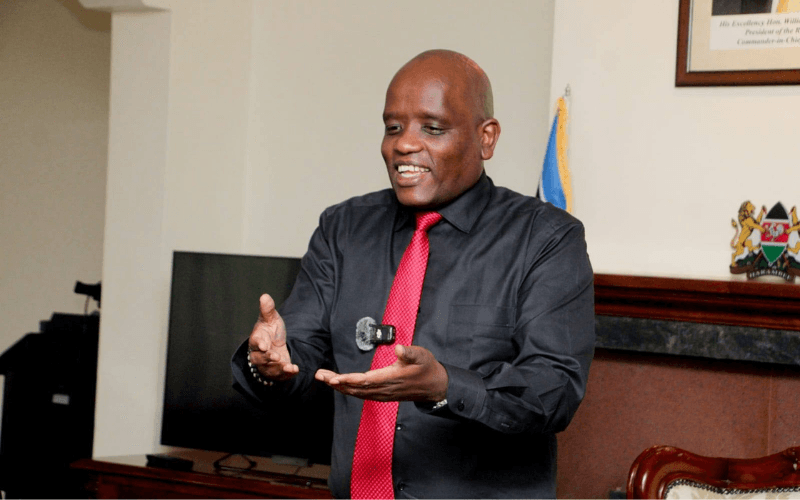Loading News Article...
We're loading the full news article for you. This includes the article content, images, author information, and related articles.
We're loading the full news article for you. This includes the article content, images, author information, and related articles.
The Kenyan government will financially compensate content creators who produce material showcasing President William Ruto's development agenda, a move aimed at modernising state communication and expanding public engagement.

The Kenyan government has announced a new initiative to pay content creators for developing and disseminating content that highlights President William Ruto's development agenda. This strategy, unveiled by Dennis Itumbi, the Head of Presidential Special Projects and Creative Economy, seeks to leverage digital platforms to communicate government programs more effectively to a wider, younger audience.
Speaking at a creators' education forum in Nairobi on Wednesday, October 1, 2025, Itumbi encouraged digital content producers to submit proposals to the Creative Economy Office. These proposals should outline how creators intend to showcase government projects in innovative and informative ways.
The initiative will focus on key sectors aligned with the government's development pillars, including affordable housing, healthcare, job creation, and agriculture.
Itumbi highlighted a significant shift in the government's advertising approach, moving away from traditional media towards digital platforms such as TikTok, Instagram, and YouTube, where a majority of young Kenyans consume information.
This shift aligns with an earlier directive from President Ruto in 2022, which mandated that at least 30% of government advertising expenditure be allocated to digital channels.
The government plans to provide both financial support and creative guidance to successful applicants, ensuring that the content effectively reaches its intended audience.
During the forum, Itumbi also urged social media platforms to fully unlock monetisation tools for Kenyan creators. He suggested lowering eligibility thresholds, integrating M-Pesa for seamless payments, and establishing a physical TikTok office in Kenya to enhance engagement and oversight.
Analysts suggest this development could significantly influence public debate and policy execution in the near term. Stakeholders are calling for clarity on the timelines, costs, and safeguards associated with this new payment scheme.
While the initiative aims to modernise government communication and support the creative economy, potential risks include concerns about the transparency of content creation, the potential for biased information, and the criteria for selecting content creators. Clear guidelines and oversight mechanisms will be crucial to ensure the program's integrity and public trust.
The implementation details of this program, including the application process, selection criteria for creators, budget allocation, and mechanisms for content review, will be critical to observe. The impact on public perception of government initiatives and the growth of Kenya's digital creative economy will also be key indicators.